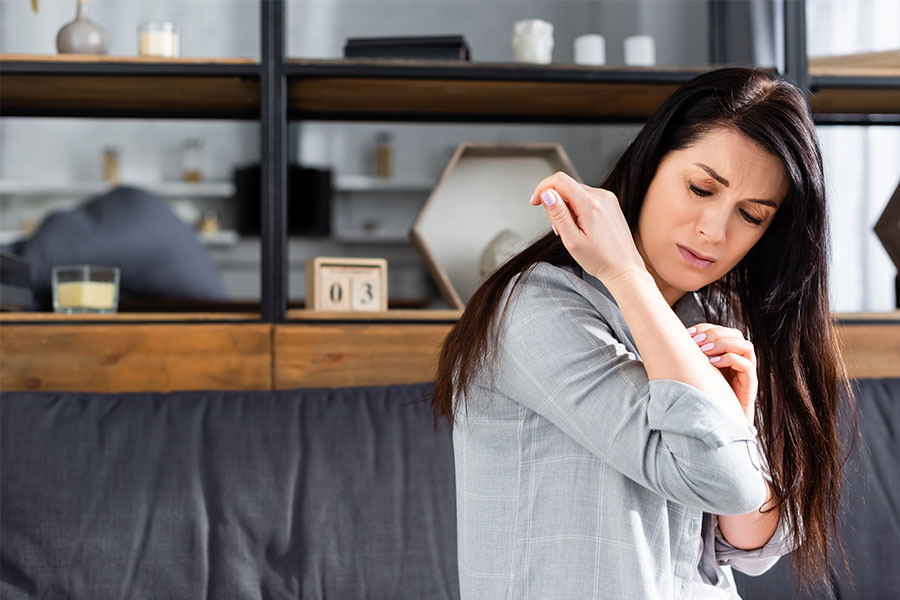Narrowband UVB (Ultraviolet B) therapy is a highly effective treatment option for various skin conditions, including psoriasis, eczema, vitiligo, and others. This targeted phototherapy involves exposing the skin to a specific wavelength of ultraviolet light, which can help alleviate symptoms and improve skin health. To ensure optimal results from narrowband UVB treatments, it’s essential to understand how to maximize its benefits and incorporate supportive strategies into your treatment plan. In this article, we’ll explore practical tips and techniques to help you get the most out of your narrowband UVB therapy sessions.
Consult with a Dermatologist
Before starting narrowband UVB therapy, it’s important to consult with a health care professional to determine if this treatment is appropriate for your condition and individual needs. A thorough evaluation will help establish the right treatment plan, including the optimal dosage, frequency of sessions, and duration of treatment.
Follow Treatment Guidelines
Adhere to the treatment guidelines provided by your dermatologist or healthcare provider. This may include recommendations regarding the frequency and duration of narrowband UVB sessions, as well as any precautions or safety measures to minimize the risk of side effects.
Be Consistent
Consistency is key to achieving optimal results with narrowband UVB therapy. Attend scheduled treatment sessions regularly and follow the recommended treatment schedule without interruption. Consistent exposure to UVB light helps maintain therapeutic levels in the skin and promotes more predictable outcomes.
Protect Unaffected Areas
During narrowband UVB treatments, it’s essential to protect unaffected areas of the skin from unnecessary UV exposure. Use protective clothing, such as goggles or goggles, to shield sensitive areas, such as the eyes, from direct UV light. Apply sunscreen or cover unaffected skin with clothing to prevent sunburn and minimize the risk of skin damage.
Moisturize Regularly
Keep the skin well-moisturized before and after narrowband UVB treatments to help maintain skin barrier function and minimize dryness or irritation. Use fragrance-free moisturizers or emollients that are suitable for sensitive skin, and apply them liberally to affected areas after each treatment session.
Monitor Skin Response
Pay attention to how your skin responds to narrowband UVB therapy and communicate any changes or concerns with your dermatologist. Monitor for signs of improvement in your condition, such as reduced redness, itching, or scaling, as well as any adverse reactions or side effects that may occur.
Practice Sun Safety:
While narrowband UVB therapy is administered under controlled conditions in a medical setting, it’s important to practice sun safety outside of treatment sessions. Avoid prolonged sun exposure, especially during peak hours when UV radiation is strongest, and use sunscreen with a high SPF to protect the skin from UV damage.
Maintain Open Communication
Establish open communication with your dermatologist or healthcare provider throughout the course of narrowband UVB therapy. Share any concerns, questions, or observations you may have, and work together to adjust the treatment plan as needed to optimize outcomes and address any challenges or issues that may arise.
Follow Up as Directed
Attend follow-up appointments as directed by your dermatologist to assess treatment progress and make any necessary adjustments to your treatment plan. Follow-up visits allow your healthcare provider to monitor your response to narrowband UVB therapy, track changes in your condition, and provide ongoing support and guidance.
Be Patient and Persistent
Results from narrowband UVB therapy may take time to become apparent, and individual responses to treatment can vary. Be patient and persistent, and trust in the process as you work towards achieving your treatment goals. Stay committed to your treatment plan and continue to follow your dermatologist’s recommendations for the best chance of success.
Narrowband UVB therapy is a valuable treatment option for individuals with various skin conditions, offering significant benefits in alleviating symptoms and improving skin health. By following these strategies and incorporating supportive techniques into your treatment plan, you can maximize the effectiveness of narrowband UVB therapy and achieve the best possible outcomes.
Consult with a health care professional to develop a personalized treatment plan tailored to your individual needs and goals, and stay proactive and engaged in your treatment journey for optimal results.




